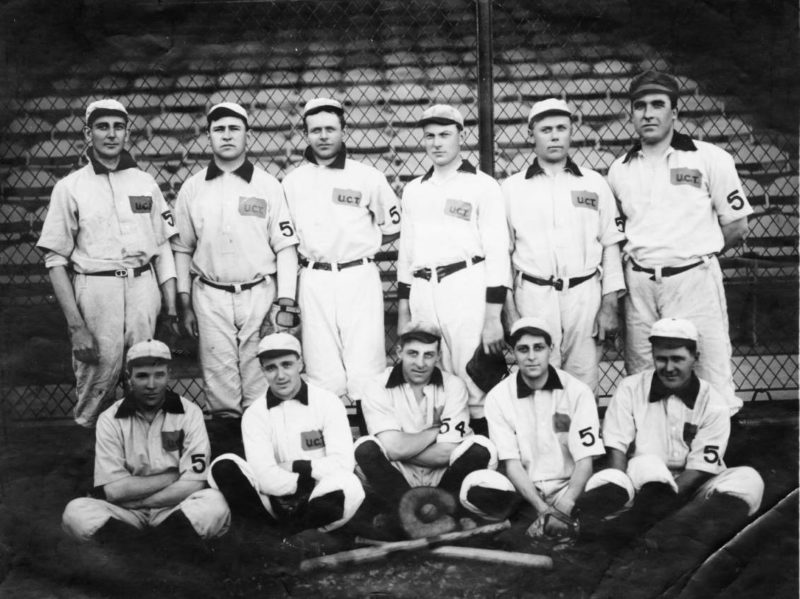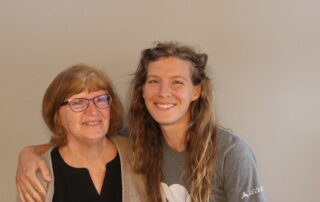Baseball season begins once again this week. It’s a sport with a long history in Milwaukee. Historian John Gurda brings us the story of one of the city’s oldest traditions.
Ah, baseball! The crack of the bat, the roar of the crowd, the cries of the peanut vendors. Those have been fixtures of summertime in Milwaukee for almost as long as there’s been a Milwaukee. When the Brewers take the field for their home opener on April 4, they’ll renew one of the city’s oldest traditions.
It was in 1859 that the first game was played on a local diamond. Baseball was a different sport in those early days. Pitchers threw underhand, players fielded without gloves, and the bats were so heavy they were sometimes called “wagon tongues.” Everyone wore woolen uniforms, even on the hottest days, and they could really work up a sweat; it wasn’t unusual for scores to reach the triple digits.
As the game evolved and the fan base grew, what had begun as a gentleman’s hobby became a professional sport. The minor-league Milwaukee Grays made their debut in 1878, and the city fielded any number of pro squads in the decades that followed.
The most durable minor-league team was the old Milwaukee Brewers. From 1902 to 1952, they played their home games at Borchert
Field, a North Side ballpark shoehorned into a single city block at Eighth and Burleigh. Interstate 43 now runs through its ghost. The park’s wooden benches held roughly 10,000 fans, who risked getting splinters in their backsides. The foul poles were a scant 266 feet from home plate, and long balls sometimes sailed through living room windows across the street.
It may have been primitive by modern standards, but fans loved “Borchert’s Orchard.” For fifty years, they took the streetcar to watch players with nicknames like Hot Potato, Specs, Cuckoo, Dinty, Tink, Ski, and Wee Willie take on the Toledo Mud Hens, the St. Paul Apostles, and the Louisville Colonels. The team rewarded its fans with eight American Association pennants during its long run.
It was the minor-league Brewers’ success, both on the field and at the gate, that gave Milwaukee the confidence to build County Stadium in 1953. We built it, and they came. The Boston Braves moved in as soon as the stadium was ready, and Milwaukee was finally in the bigs. The team set a National League attendance record in its very first season and won the World Series just four years later, vanquishing the mighty New York Yankees.
After the intoxicating success of the Braves, Milwaukee, and Wisconsin, have lived through the heartbreak of their defection to Atlanta, the soporific slumps of the early Brewers, the glory years of the Yount-Molitor era, and the ups and downs of the Miller Park period.
Win or lose, Milwaukee remained a good baseball town. The Brewers’ attendance passed one million for the first time in 1973, when the team finished 23 games out of first place. Last year, at the start of a painful rebuilding period, 2.5 million showed up.
And why not? Every spring, hope returns like the tulips in our gardens. Will this season be the one? Will the Brewers still be contenders in September? There’s only one way to find out: Play ball!
(This story originally aired April 8, 2016.)











